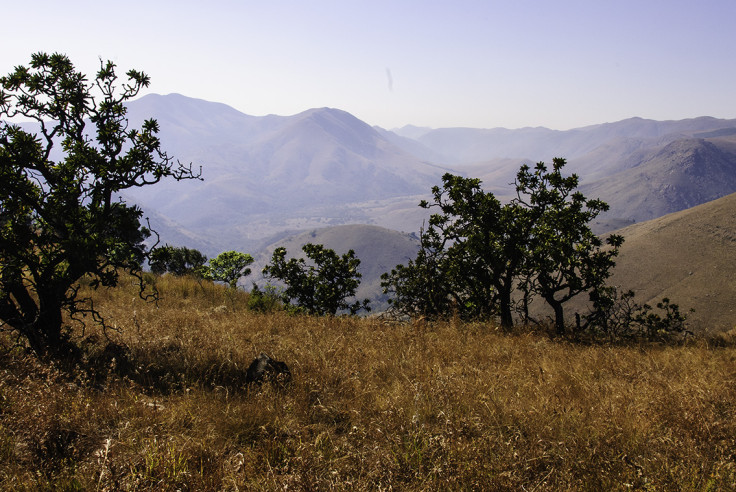Life on land is 300 million years older than we thought
Evidence of life on land has been found in rocks that are 3.2 billion years old.

The date at which the first living organisms made their way onto land from the sea has been pushed back hundreds of millions of years by an analysis of remnants of ancient soil from a river plain in South Africa.
The team of geologists assessed some of the oldest known rocks on Earth, some of which are 3.5 billion years old, from the Barberton Greenstone Belt in Swaziland and north-east South Africa. In a rock sample that was 3.2 billion years old, the geologists found several hints of microbial activity, according to a paper published in Geology.
Ancient soils
These rocks are palaeosols – sometimes known as fossil soils – and contained crystals of the mineral pyrite that showed signs of being associated with living organisms, say the study authors, led by Sami Nabhan of the Free University of Berlin in Germany. "Paleosols are unique recorders of physical and chemical processes at the interface between rocks and the atmosphere, hydrosphere, and biosphere," the authors say in the paper.
The edges of the pyrite crystals had a different composition of isotopes of sulphur to the centres of the crystals. This suggests that microbial activity had been involved at the edges of the crystals, through a process called biological fractionation, in which living organisms process the sulphur from the crystals and act to alter their balance of the isotopes 32S and 34S.
Signs of life
The microbes would have used sulphur for respiration rather than oxygen, as very little oxygen would have been in this soil, Nabhan told IBTimes UK. These microbes prefer to use the lighter isotopes of sulphur – 32S – for respiration. "The isotopic composition, especially the composition of the sulphur isotopes of the pyrite, can show us if microbes were involved in the processes that finally led to the formation of the pyrite in rocks or if not," he says.
This is evidence that sulphurous Archaea – ancient bacteria-like organisms – were living in this soil, the authors say. "The sulphur-isotope values are the lowest and oldest reported for an Archean terrestrial setting to date, documenting that life on land dates back to at least about 3.2 billion years ago," the authors conclude in their paper.
Semi-arid soil
The pyrite crystals also offered clues as to where this ancient palaeosol lay. The composition of the rock, the shape of the crystals and the layering visible in the field suggested that the palaeosol was from a river flood plain.
"The rocks formed without doubt from sediments delivered and deposited from and in an river system and its adjacent flood plains," Nabhan says. "However, we also see recurring signs of desiccation periods and of evaporites – minerals as gypsum that form due to the evaporation of water – that tell us that we had a rather semi-arid climate with recurring drying and wetting periods."

© Copyright IBTimes 2025. All rights reserved.






















